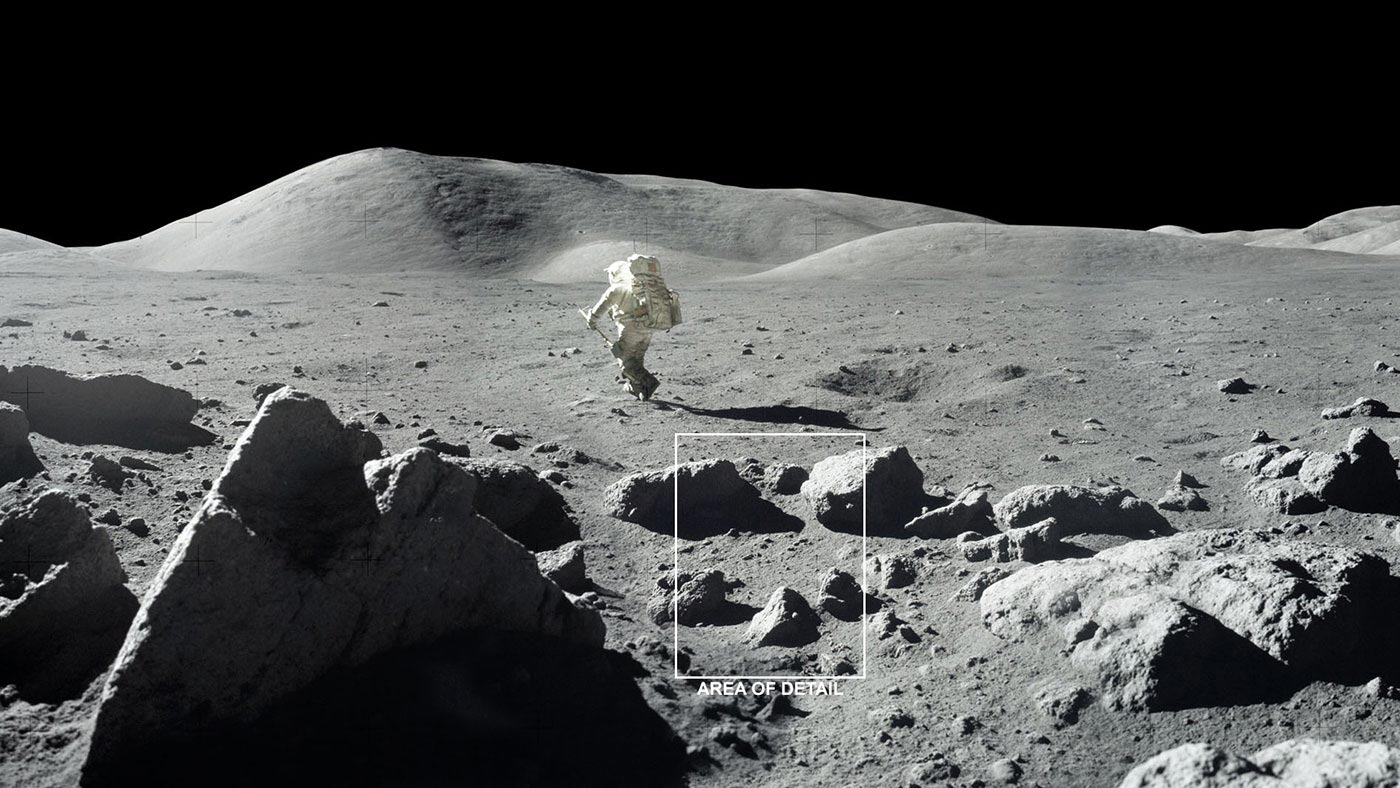
But observations show water ice is also present across much of the lunar surface, even during daytime.
This challenges our understanding of the lunar surface and raises intriguing questions about how volatiles, like water ice, can survive on airless bodies.”.
In a new study, Davidsson and co-author Sona Hosseini, a research and instrument scientist at JPL, suggest that shadows created by the “roughness” of the lunar surface provide refuge for water ice, enabling it to form as surface frost far from the Moon’s poles.This illustration zooms in on the area of detail indicated in the previous photo, showing how shadows enable water ice to survive on the sunlit lunar surface?As a result, it’s often assumed that the surface far from the poles heats up uniformly during lunar daytime, which would make it impossible for water ice to remain on the sunlit surface for long.
Fused within these materials, as this hypothesis suggests, the water can remain on the surface even when heated by the Sun while creating the signal that was detected by SOFIA.
By factoring this surface roughness into their computer models, Davidsson and Hosseini explain how it’s possible for frost to form in the small shadows and why the distribution of water changes throughout the day.
As the Sun tracks through the lunar day, the surface frost that may accumulate in these cold, shaded areas is slowly exposed to sunlight and cycled into the Moon’s exosphere.The water molecules then refreeze onto the surface, reaccumulating as frost in other cold, shaded locations.
“Therefore, this model provides a new mechanism that explains how water moves between the lunar surface and the thin lunar atmosphere.”.
But a new study posits that water molecules (right) remain as frost on the surface in cold shadows and move to other cold locations via the thin exosphere.
While this isn’t the first study to consider surface roughness when calculating lunar surface temperatures, previous work did not take into account how shadows would affect the capability of water molecules to remain on the surface during daytime as frost.This new study is important because it helps us to better understand how lunar water is released into, and removed from, the Moon’s exosphere.
Both water and hydroxyl could be created by meteorite impacts and through solar wind particles hitting the lunar surface, so measuring the presence of these molecules in the Moon’s exosphere can reveal how much water is being created while also showing how it moves from place to place.
“If this trend continues, we will lose the opportunity to understand the natural lunar environment, particularly the water that is cycling through the Moon’s pristine exosphere.
Reference: “Implications of surface roughness in models of water desorption on the Moon” by Björn J R Davidsson and Sona Hosseini, 2 August 2021, Monthly Notices of the Royal Astronomical Society